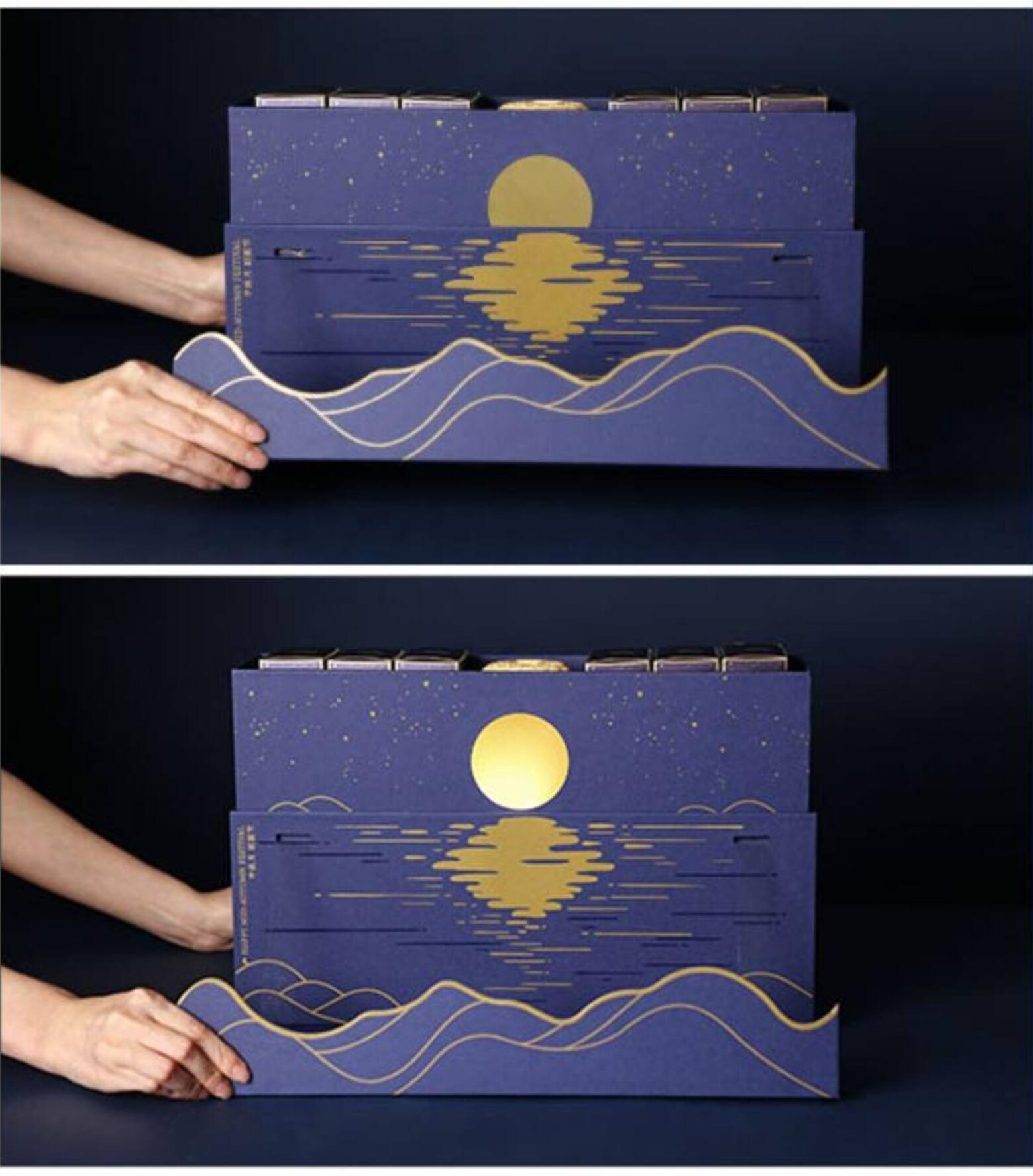Packaging box design plays a crucial role in attracting consumers and enhancing brand identity. In recent years, there has
been a growing emphasis on incorporating elements of regional characteristics and cultural heritage in packaging design.
This paper aims to explore the significance of localization and cultural heritage in packaging box design, considering the
latest design concepts, materials used, structural aspects, and material selection for packaging paper boxes.
1. Localization in Packaging Box Design:
Localization refers to the process of adapting a product or its packaging to suit the preferences and cultural context of a
specific region. In packaging design, localization involves incorporating elements such as color, typography, imagery, and
symbols that resonate with the local culture. For example, a packaging box design for a product targeted at Asian markets
may include traditional motifs or calligraphy to evoke a sense of familiarity and identity.
2. Cultural Heritage and Packaging Design:
Cultural heritage plays a vital role in shaping our identities and preserving our traditions. Including cultural heritage in
packaging design reflects a respect for tradition and a celebration of cultural diversity. It helps create an emotional connection
between the product and the consumer. For instance, a packaging box design that incorporates indigenous artwork or traditional
patterns can communicate a sense of authenticity and capture the essence of a particular culture.
3. Latest Design Concepts:
In contemporary packaging box design, there are several innovative concepts that merge localization and cultural heritage.
Designers are embracing minimalism, sustainability, and storytelling to create visually compelling packaging that resonates with
consumers. By incorporating cultural symbols and narratives, the packaging tells a story and engages the consumer on a deeper level.
4. Material Selection and Structural Design:
The choice of materials for packaging box design is essential for both aesthetic appeal and environmental sustainability. Designers
are increasingly opting for eco-friendly materials such as recycled paper, biodegradable plastics, and natural fibers. These materials
not only reduce the environmental impact but also align with the values of consumers who prefer eco-conscious products.
Additionally, the structural design of packaging boxes should consider functionality, convenience, and the protection of the product
during transportation and storage.

Conclusion:
Localization and cultural heritage are integral aspects of packaging box design. Incorporating regional characteristics and cultural
elements in packaging not only adds aesthetic value but also enhances brand identity and creates a connection with consumers.
To achieve successful localization, designers must carefully consider the latest design concepts, material selection, and structural
aspects. By embracing local culture and traditions, packaging box design can effectively communicate brand messages and foster
a sense of pride and familiarity. As design trends continue to evolve, it is crucial for designers to strike a balance between innovation
and cultural preservation in packaging design.
In conclusion, localization and cultural heritage in packaging box design contribute to a more vibrant and diverse marketplace.
By embracing regional characteristics and cultural elements, designers have the opportunity to create packaging that not only appeals
to consumers but also promotes cultural preservation and sustainability. It is essential for designers to understand the significance of
localization and cultural heritage in packaging design and leverage these elements to create meaningful and impactful experiences
for consumers.





